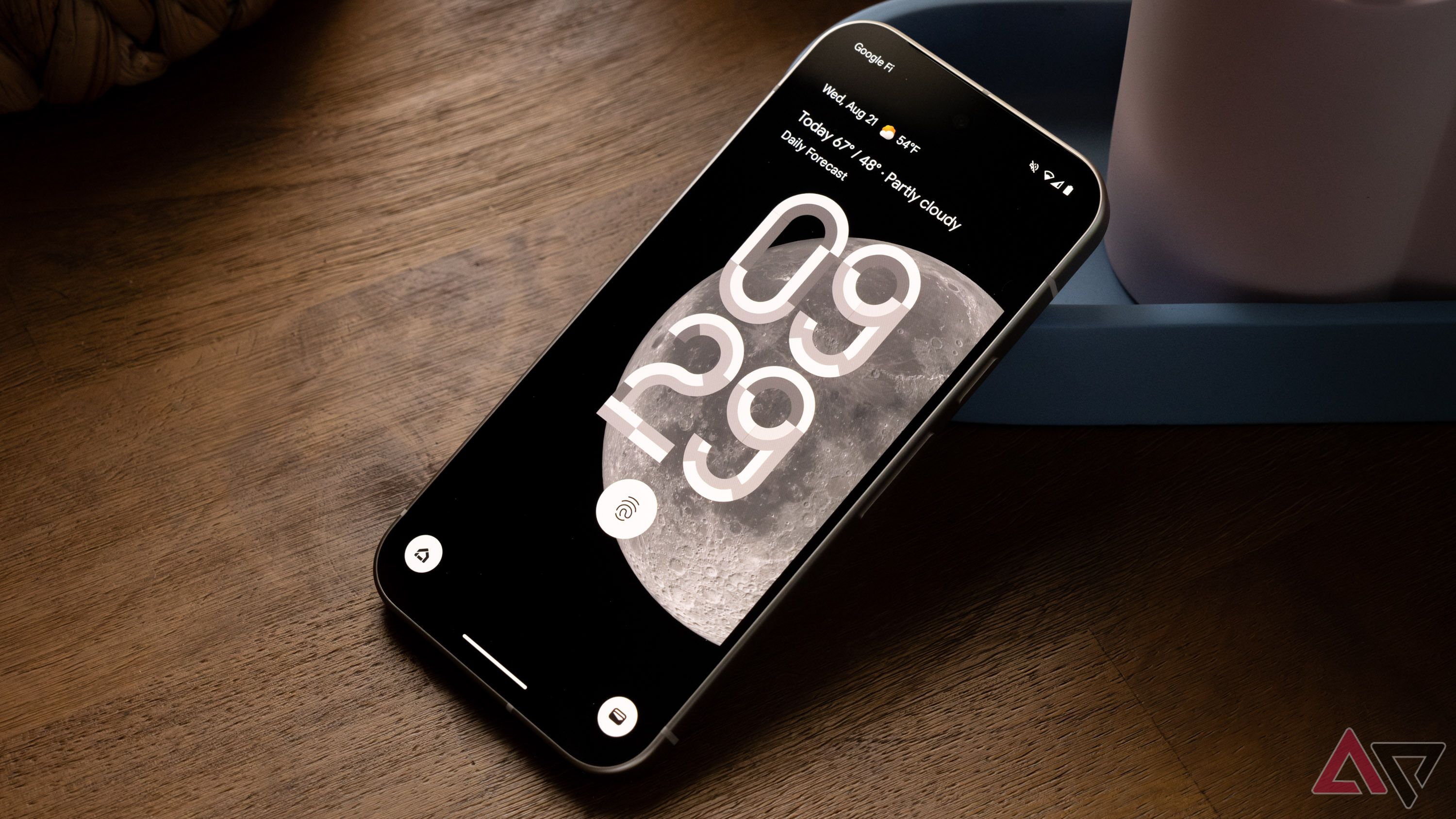Every Google Pixel launch comes with two freebies: a ton of leaks before the announcement and confusion about how the models differ later on. Take the new Pixel 9a, which just went official, for example. We knew almost everything about it months in advance, and now, it will likely eat into the Pixel 9’s sales.
The Pixel 10 series will arrive later this year in the Fall, bringing the usual iterative upgrades and new AI tricks to the party. One would expect that after 10 generations, Google would have figured out how to ladder its products so that they don’t cannibalize each other while creating upselling potential. Still, it looks like 2025 will be Google’s messiest year yet.
Read our review
The Google Pixel 9 makes me question if I need to go Pro
The Pixel 9 has everything most people want from a phone
How we got here
2021 was a landmark year for Google, as it marked the launch of its custom Tensor silicon with the Pixel 6 and 6 Pro. They weren’t the most powerful but were among the most enjoyable phones one could get, with a slew of software tricks and camera capabilities. Less than a year later, the Pixel 6a joined the pack at a lower price, achieved by using relatively inferior hardware, including a smaller screen, older camera sensors, and a plastic body.
Such “compromises,” paired with a lower price, made the Pixel 6a an easy-to-recommend phone. The Pixel 7a continued the trend and established that the Pixel A series offers great value without diluting the Pixel experience in a major way.
However, in 2023, as the lineup started maturing, the lines between them began to blur. The Pixel 8 and 8a were similar, with almost the same 120Hz OLED screen (6.2 vs. 6.1 inches), an IP67 rating, and a similar-sized battery. Moreover, the price delta between the two was smaller, and with retailers frequently lowering the price of the Pixel 8, it was no longer a straightforward decision.
The new Google Pixel 9a has the same screen as the Pixel 9, similar dimensions, and a slightly bigger battery for a starting price of $500, about $300 lower than the base Pixel 9. At that price, the Pixel 9a is the phone for most users to get.
It gets worse
Google has often struggled to differentiate between its regular and A-series counterparts. However, one thing Google always got right was the differences between its regular and Pro phones. Historically, the Pro Pixel has had a third camera in the form of an additional telephoto lens. Generally, they have demanded about a 25% premium or $200 more over their non-Pro siblings.
With the upcoming Pixel 10 series, Google seems set to break these patterns to produce its most confusing lineup. Not only do the phones seem similar to each other and their predecessors, but if the latest leaks are true, they will have a triple-camera arrangement.
Why Google would do this is beyond us. With this being the case, it will be difficult for Mountain View to convince buyers to select the Pixel 10 Pro when the regular Pixel 10 has no clear disadvantages on paper.
Google could use some consistency
In some ways, Google is still a new kid on the block when it comes to smartphones. Its phones are not as well-known as those by Apple or Samsung. While brand-building takes time, there are many smaller things it can do to aid the process. Potential buyers being confused about how one variant differs from the other or not knowing how the more expensive one is better don’t help.
Companies generally try hard to get users to buy the top-end, most expensive products. And then there’s Google.
Nobody does it better than Apple. For its phones, most people understand that the base iPhone is the entry point, the Plus is the same experience in a bigger size, the iPhone Pro has more high-end features, and the Pro Max is bigger and better. The rumored iPhone 17 Air’s positioning is easy to understand (extremely thin and light with some compromises), and it’s not out yet.
Apple reached this stage by sticking to the same nomenclature and upgrade cycle for over a decade for its phones, laptops, and other categories. Samsung’s phones are on the same trajectory, with regular, Plus, and Ultra models. If not for consumers, having consistency in its products will make the Google Pixel product marketing team’s life easier.
There better be a surprise
Scrutinizing spec sheets to understand the differences between two phones is an experience buyers would rather avoid. They will default to the cheaper option, which is not good for Google when it’s still trying to establish its name in the smartphone market.
If we were to zoom out for a bit, it sounds funny how adding a telephoto camera on a relatively premium phone could change so many things. However, that goes on to show how difficult a task it might be for Google. While the regular Pixel 10 will likely use more inferior camera sensors than the Pixel 10 Pro, that doesn’t sound enough. We don’t know if the extra camera will also increase the price of the base Pixel 10.
As has always been the case with Google, we will find out more about the Pixel 10 series in advance. Until then, let’s continue hoping for some yet-unknown surprise features exclusive to the Pro Pixel 10s.






